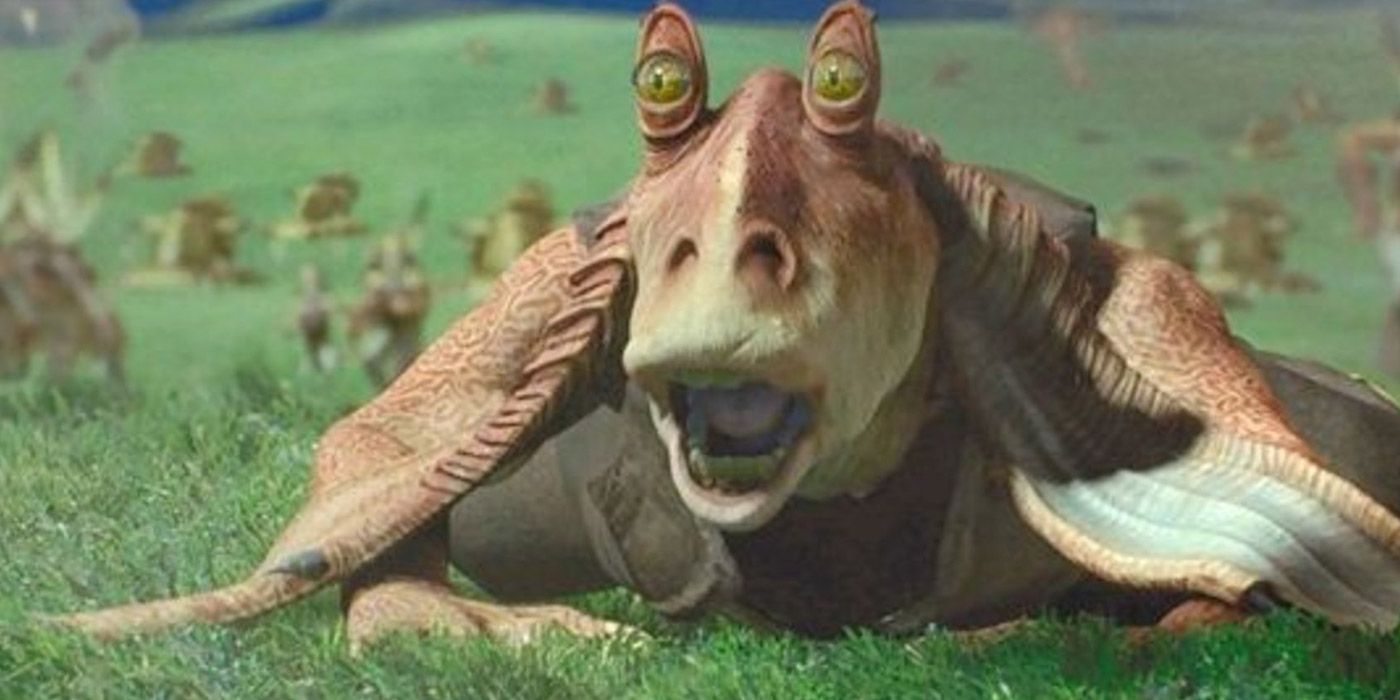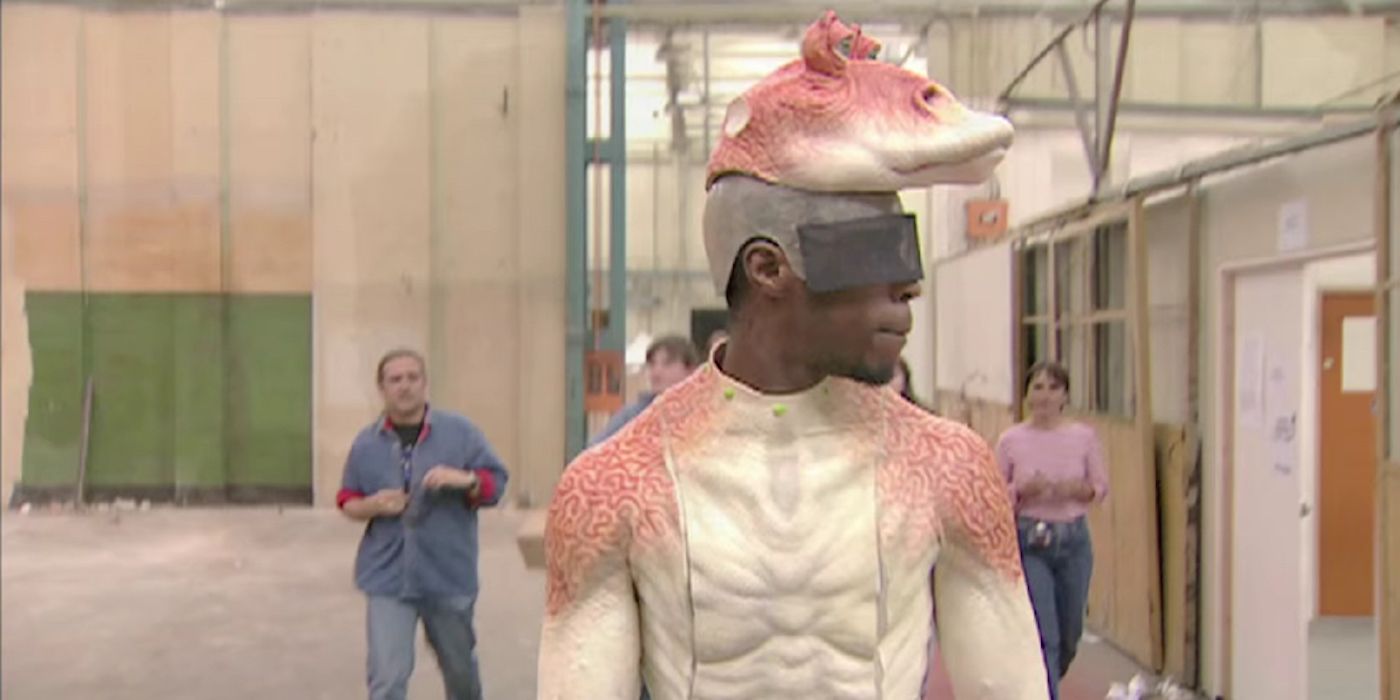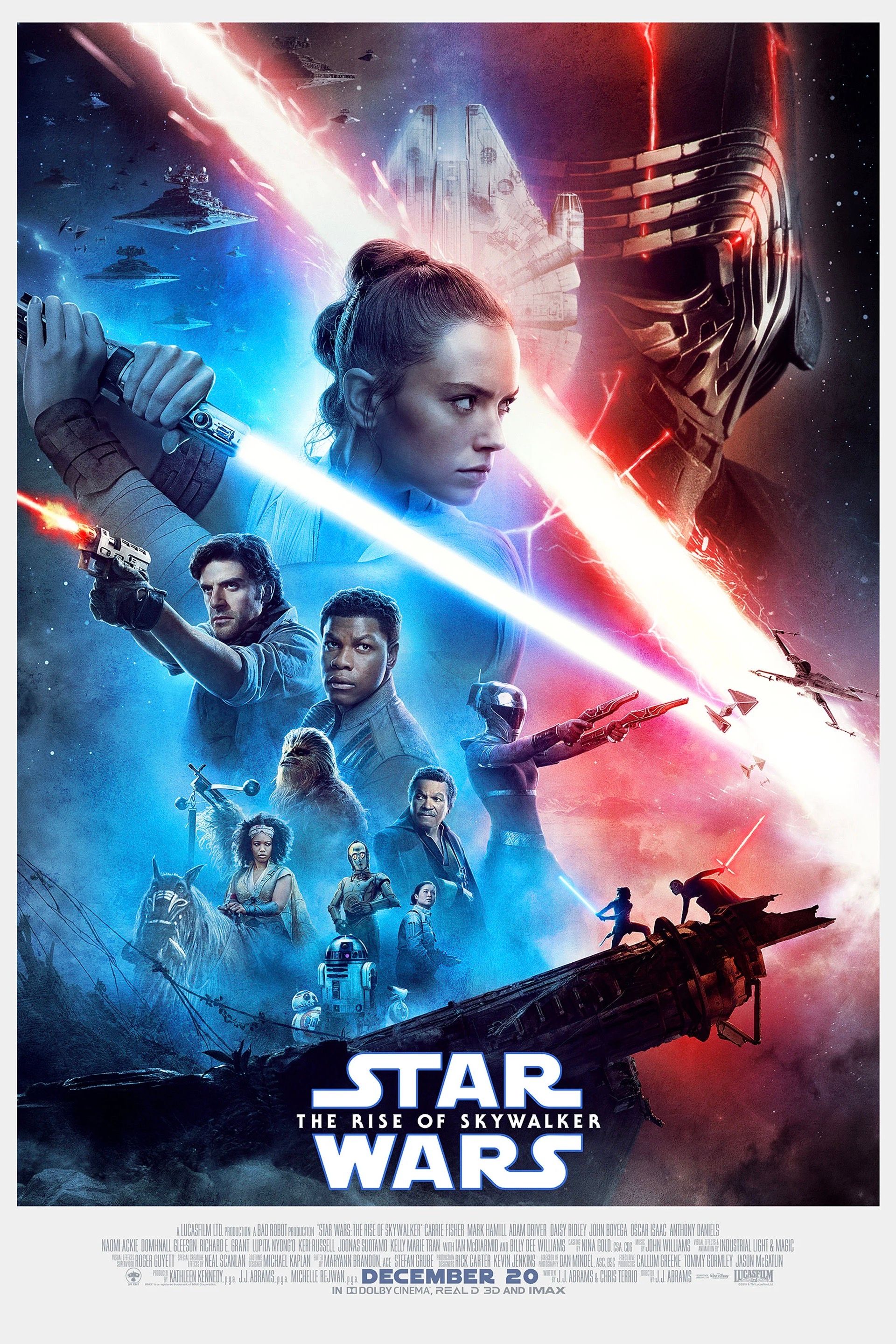Ahmed Best, who played the infamous Jar Jar Binks in the Star Wars prequel trilogy, has spoken out against his contribution to motion capture being repeatedly overlooked. Jar Jar really needs no introduction; as George Lucas' "key" to The Phantom Menace, the comedic gungan became a poster child for fan complaints about Episode I and the rest of the prequel trilogy, from confused tone to iffy special effects.
However, while Binks may now be a shorthand joke, that shouldn't supersede the character's important role in cinema history. The first fully-computer-generated supporting character in any film, he was a major step forward in the then-new technology of CGI motion-capture; Ahmed Best didn't just voice Jar Jar but played him on set in a not-so-fetching approximate costume that served as a basis for the animators. It's not as high-tech as what we now have in Avatar and Planet of the Apes, but he is very much their forebear. Not that it's often recognized as such.
Related: Why Jar Jar Binks Doesn't Deserve the Hate
Best recently spoke out about this on Twitter after a video for Wired featuring Andy Serkis purporting to show the evolution of mo-cap started with the actor's work on The Lord of the Rings, released over two years after The Phantom Menace. Retweeting a comment from a fan about how Jar Jar wasn't referenced, the actor said, with clear respect for Serkis, that he does feel his work had been forgotten.
I don’t know how to retweet this and not sound bitter, but I feel I have been forgotten. No disrespect to the great @andyserkis https://t.co/4F3VBPV8Aj— Ahmed BEst (@ahmedbest) October 27, 2017
After fans responded with an outpouring of positivity, Best wrote a thread that outlined his views:
"Thanks for the love today especially the Star Wars fans. Jar Jar is bigger than just me or my performance. As much as we actors are on the front line when it comes to the success or the failure of characters we play, what's more important is the accomplishment of bringing the work to the screen. Jar Jar helped create the workflow, iteration process and litmus test for all CGI characters to this day on some days the code was being written in real time as I was moving. To deny Jar Jar's place in film history is to deny the hundreds of VFX technicians, animators, code writers and producers their respect. People like John Knoll, Rob Coleman and scores of others who I worked with for two years after principal photography was ended to bring these movies to you. There's a joke I like to use when talking about this stuff, Jar Jar walked so Gollum could run. Gollum ran so the Na'vi could fly. Thanks for lifting me up today."
Best, who has spoken candidly about the backlash against his character in the past, is plainly right - about the collaborative process in general and, specifically, how important Jar Jar's technology was in the history of cinema. What he and the ILM team did on Episode I may have proven to incredibly divisive character-wise, but on a technical level it was unprecedented and is worthy of continued respect.
In Serkis' defense, he was talking mainly about his and Weta's involvement in the digital capture side of mo-cap, of which Binks is obviously not a part. Indeed, to tell the full history of motion capture you'd have to go back to the early days of rotoscoping. However, the situation does highlight how Gollum is treated as the start of something that had already begun. Here's hoping what Best says here adjusts how his work is regarded going forward.
As for Jar Jar, while he still remains a point of ridicule for many fans, the release of new Star Wars films has lessened the backlash, and the character has lived on in other media; he had several focus episodes in The Clone Wars and his canon fate was revealed earlier this year in Empire's End.
More: What Happened To Jar Jar Binks After The Prequels?
Source: Ahmed Best





